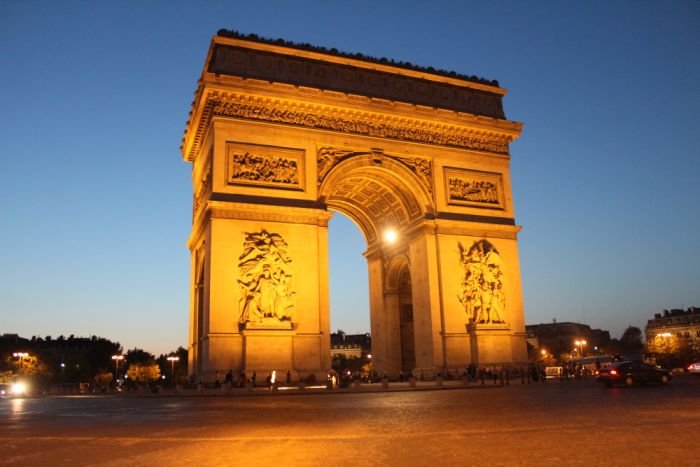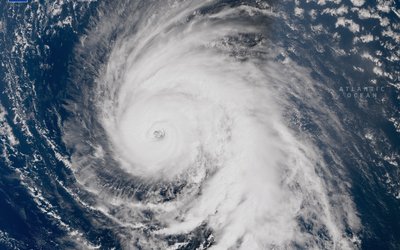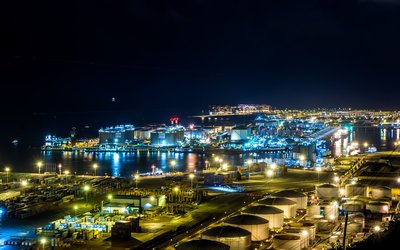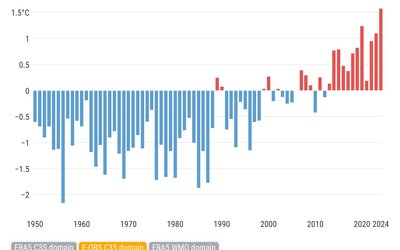
Model calculations based on two emission scenarios (A1B and A2) project an increase of 2-meter air temperature for Paris between 1971–2006 and 2072–2098 of +2.0/2.4°C in winter and +3.5/5.0°C in summer for the minimum and maximum daily temperatures, respectively.
The number of cold days (minimum temperature ≤ −5°C) in Paris becomes negligible at the end of this century. The number of frost days (minimum temperature ≤ 0°C) is projected to decrease by 50–60% in comparison with present climate, and the number of ice days (maximum temperature ≤ 0°C) is projected to decreases from 6 to 1–2 days per year.
The number of very hot days (maximum temperature ≥ 30°C) is projected to increase from 5 to 6 per year to 29 (42) very hot days per year in urban and rural areas, and 33 (47) very hot days per year in suburban areas at the end of this century according to A1B (A2) scenario.
The number of heat-wave warnings is projected to increase from less than 1 day of warning per year in present climate to 14 (26) in urban areas, 11 (22) in suburban areas, and 7 (17) days in rural areas at the end of this century according to model calculations based on the A1B (A2) scenario.
The warming trend is more marked in rural areas than in urbanized areas because of the drying of natural soils; the dryness of natural soils severely limits evaporation, which tends to strengthen the sensible heat flux. Because of this, the temperature difference between urban and rural areas, and thus the urban heat island effect, is projected to decrease between 1971–2006 and 2072–2098.
Source: Lemonsu et al. (2012). Climatic Change. Published online 5 July 2012.
Photo: unknown (www.sxc.hu)








